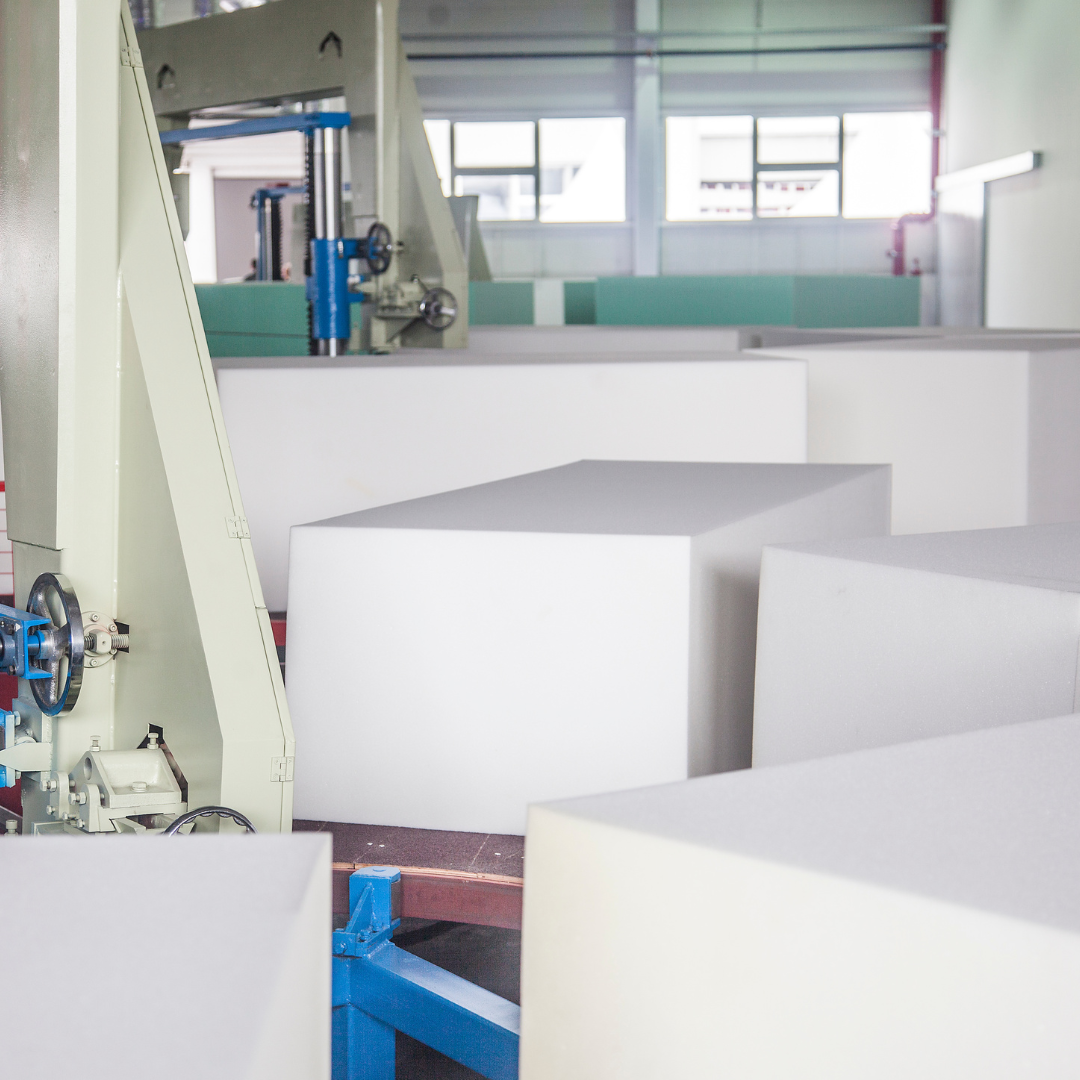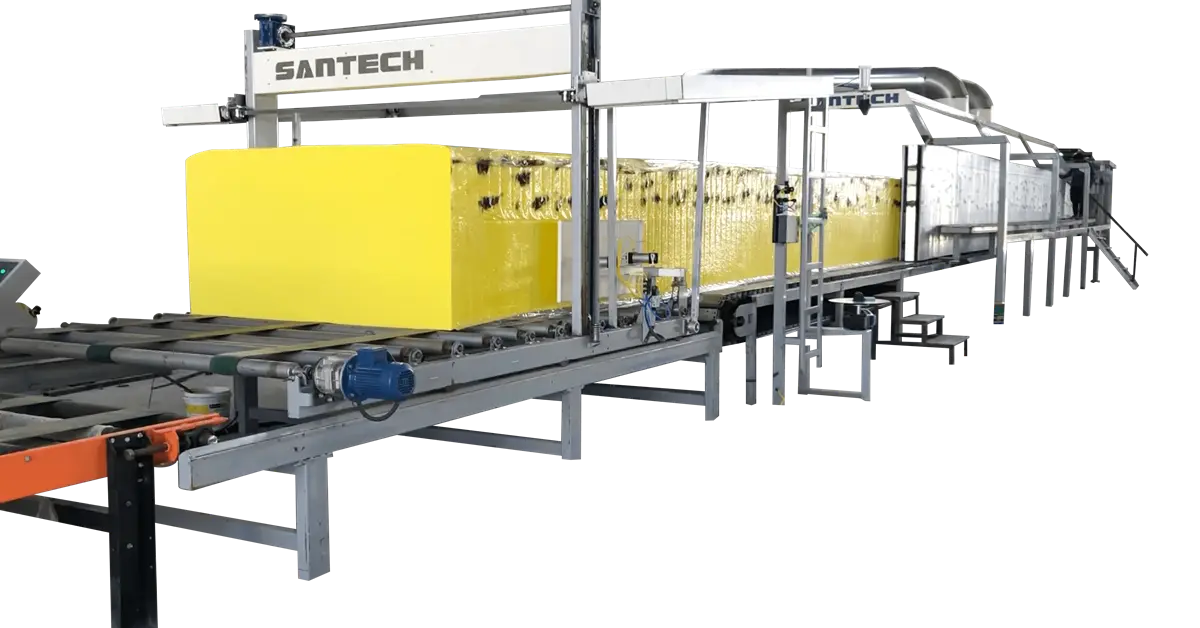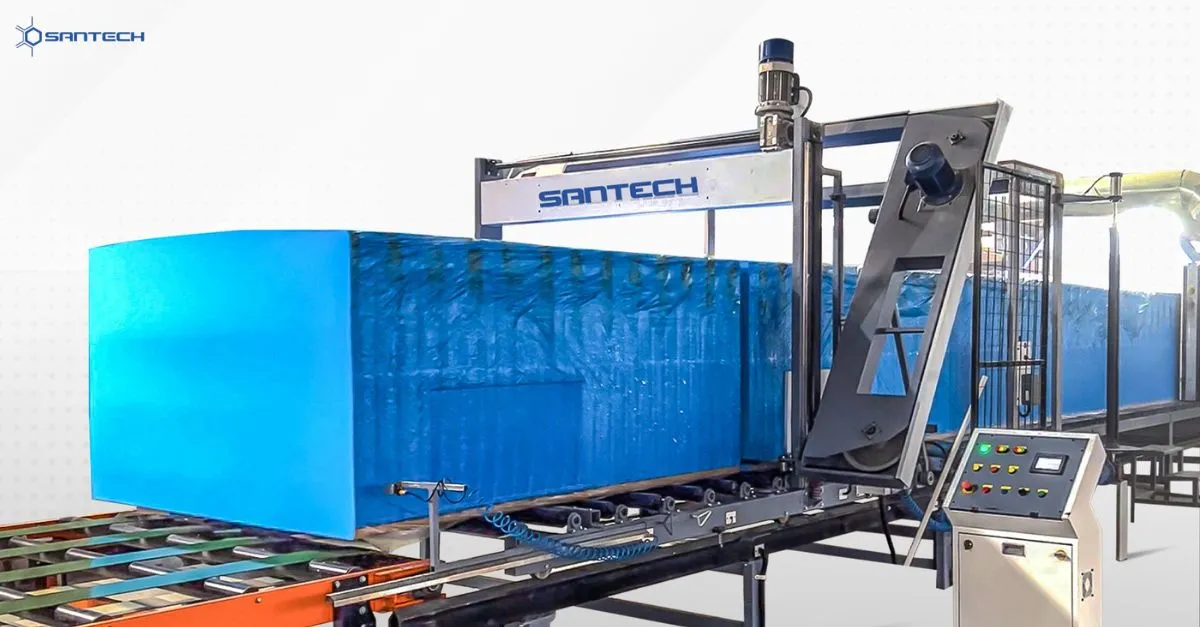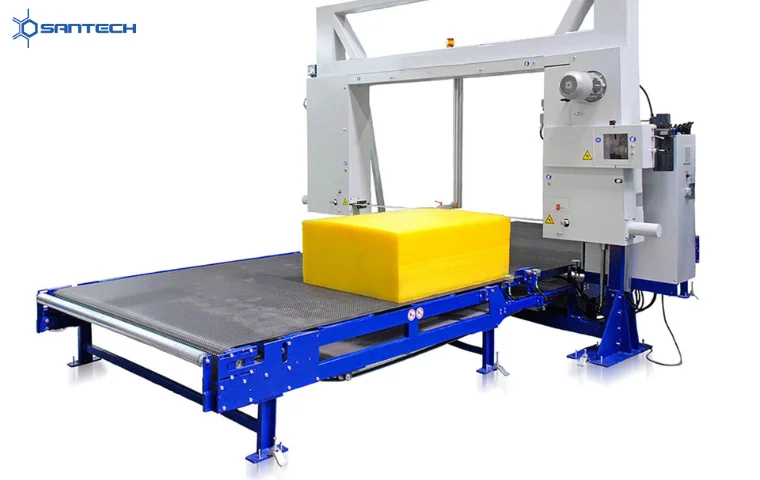Foam is a versatile substance with limitless programs, ranging from the cushioning in our mattresses to the luscious foam atop our morning cappuccinos. Behind this reputedly simple introduction lies a captivating global generation, in particular in the form of foam maker machines. In this comprehensive guide, we will walk through an adventure to resolve the basics of the foam era, exploring the operating standards and chemistry that make those machines indispensable in diverse industries.
Understanding The Essence Of Foam Maker Machines
At the heart of foam making lies the revolutionary layout of foam maker machines. These gadgets, equipped with the superior generation, are responsible for remodelling liquid formulations into voluminous foam. The method involves difficult steps, and every system operates on a set of concepts that ensure the most reliable foam manufacturing.
These machines are not a one-size-suits-all answer. There are diverse types tailored for specific packages, every incorporating specific features to fulfil various commercial necessities. From polyurethane foams to specialised formulations, foam making machines play a pivotal role in crafting the best foam consistency.
The Working Principle Of A Foam Maker Machine
Polyurethane foam is a flexible material with applications starting from insulation to cushioning in numerous industries. PU foam is produced with the use of specialised equipment referred to as a foam maker machine. The running principle involves the unique manipulation of chemical reactions to create a foam with favoured residences. Here’s an outline of the important thing steps in the running principle:
-
Raw Material Preparation
The fundamental components for PU foam consist of polyol and isocyanate, alongside other additives, including blowing dealers, catalysts, and surfactants. These raw substances are stored in separate packing containers inside the machine.
-
Metering And Mixing
The PU foam maker machine is ready with a metering system that precisely measures the required quantities of polyol and isocyanate. The metered components are then brought into a blending chamber, wherein they combine.
-
Chemical Reaction
The polyol and isocyanate undergo a chemical response called polymerisation. This response bureaucracy polyurethane, the number one substance of the foam. The exothermic reaction generates warmness as a byproduct, contributing to the growth of the foam.
-
Blowing Agent Activation
Blowing sellers are brought into the combination to create bubbles within the polyurethane, mainly for foam formation. The blowing marketers launch gases all through the response, forcing the mixture to extend into a foam.
-
Catalyst And Surfactant Action
Catalysts are used to control the velocity of the chemical reaction, making sure that it happens at the favoured price. Meanwhile, surfactants assist in stabilising the foam shape via decreasing surface tension and selling uniform cell structure.
-
Foam Formation And Rise
As the chemical response progresses, the foam expands and rises in the mixing chamber. The machine’s engine carefully manages the timing of each step to reap the favoured density and residence of the foam.
-
Polyurethane Foam Output
Once the foam has reached the preferred consistency and properties, it is ready for output. The machine may be configured to produce foam with varying densities, strengths, and other traits primarily based on the intended application.
-
Curing And Cutting
The newly formed foam undergoes a curing or setting process to solidify its shape. The machine can also encompass a cutting mechanism to form the foam into particular dimensions appropriate for its intended use.
-
Quality Control
The PU foam maker machine‘s control system monitors diverse parameters throughout the technique, ensuring consistent quality and adherence to specifications.
Applications Of Foam Maker Machines
- 1. Automotive Industry: Utilised in manufacturing seat cushions, headrests, and interior components for stronger comfort. Also used in soundproofing packages to reduce noise within motors.
- 2. Furniture Manufacturing: Best foam machines are used to craft cushy and resilient sofas and chair cushions. Insulating materials for furniture with improved durability.
- 3. Packaging Solutions: You can use these machines to create protective foam packaging for delicate and fragile objects all through transportation. Customisable foam inserts to steady items in the surroundings and save you harm.
- 4. Construction Sector: These machines are used as foam insulation for buildings to adjust temperature and improve energy efficiency. Lightweight and sturdy construction substances contribute to structural integrity.
- 5. Medical Industry: Manufacturing cushy and supportive mattresses for sanatorium beds. Creating specialised foam additives for prosthetics and orthopaedic devices.
Choosing The Best Foam Machine
Choosing an exceptional foam system for a particular application is important in the realm of foam maker machines. Let us study a few factors that you need to look for:
- Production Capacity: Consider the specified output in phrases of foam quantity to fit industrial needs. Evaluate the machine’s functionality to meet manufacturing goals efficiently.
- Foam Consistency: Ensure the device gives consistent foam quality and assembly of the preferred characteristics. Opt for machines with adjustable parameters to accommodate special foam specifications.
- Energy Efficiency: Choose machines that prioritise energy efficiency to reduce operational expenses. Look for capabilities like programmable settings and automatic tactics for optimised performance.
- Adaptability to Raw Materials: Select a foam machine that can handle several raw substances to cater to diverse applications. Consider the flexibility of the device in adapting to adjustments in formulations.
- Maintenance and Serviceability: Evaluate the convenience of protection, such as accessibility to vital additives for cleaning and inspection. Choose machines with user-friendly interfaces and clean documentation for troubleshooting.
- Supplier Reputation: Research and opt for official providers recognised for turning in reliable and durable foam machines. Check consumer opinions and testimonials to measure the satisfaction of preceding buyers.
Conclusion
The journey from liquid formulations to foam making is a captivating procedure driven through cutting-edge technology encapsulated in the best foam machines. As we continue to witness improvements in foam technology, one thing remains certain– foam maker machines are the unsung heroes behind the comfort and capability we often take with no consideration in our daily lives.




